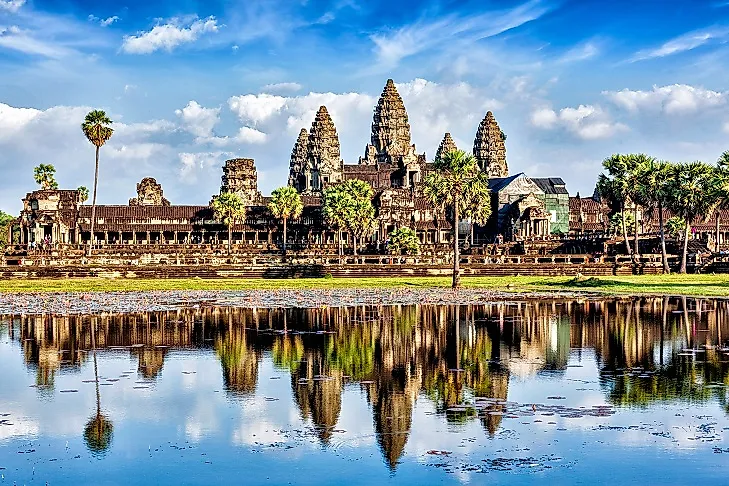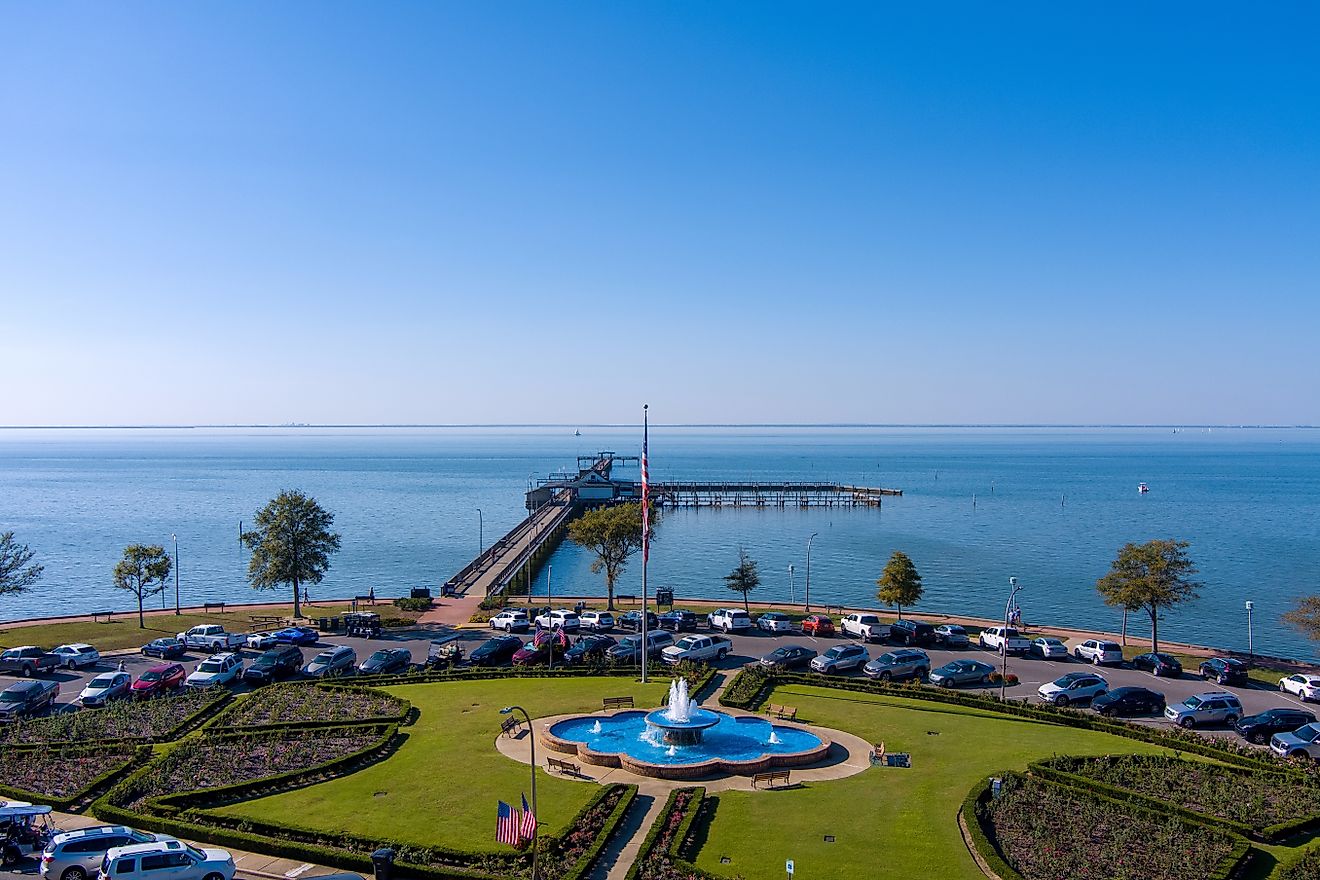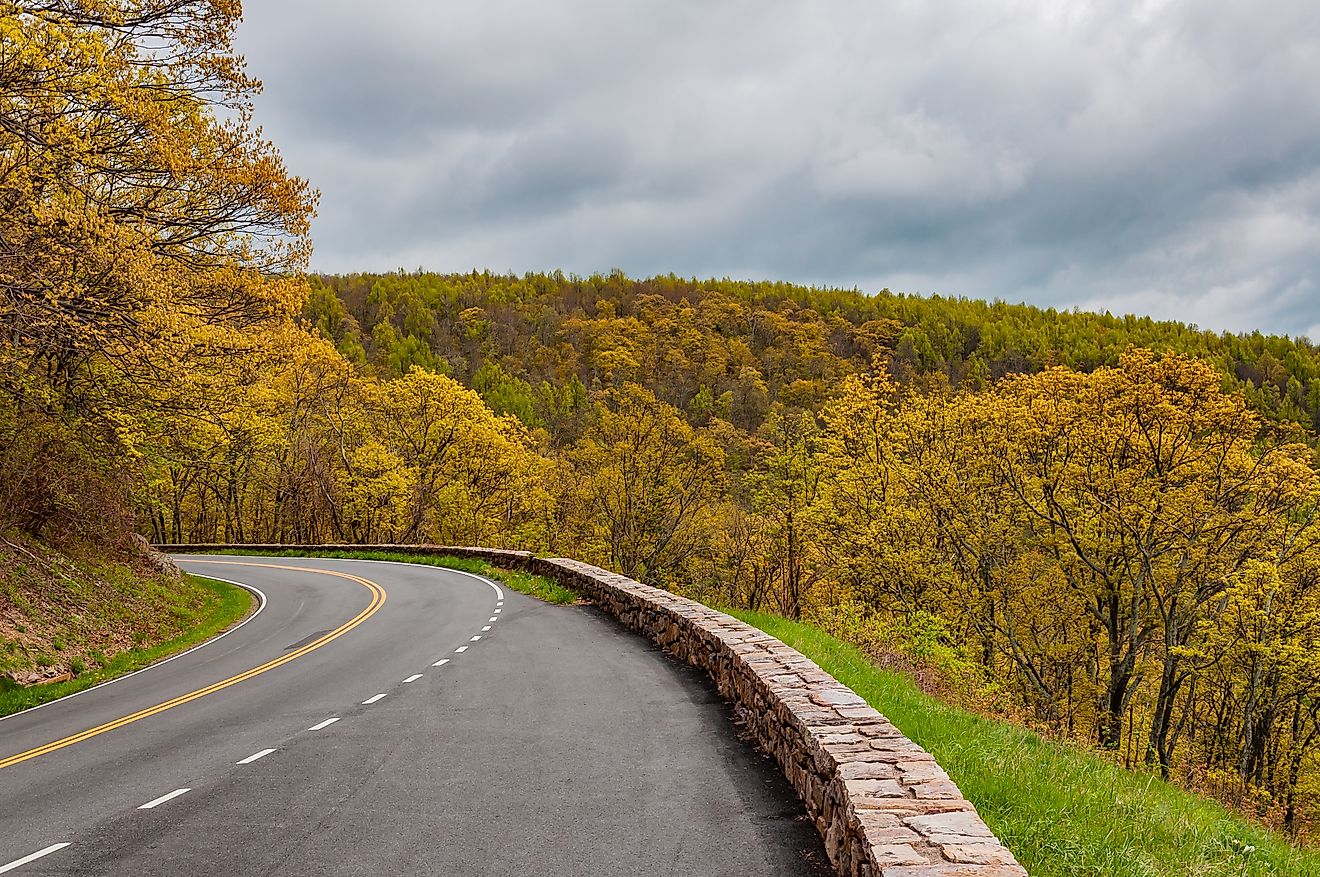Angkor Sites Of The Khmer Empire, Cambodia

5. Description and History -
Angkor was the capital city of the ancient Khmer empire which existed from the 9th through the 15th Centuries. It was a "mega-city", and one which held approximately 0.1% of the entire world's population at the time. The empire started when Jayavarman II declared himself the universal monarch and the god-king, it lasted until the late 14th Century when the Ayutthayan suzerainty took over. The Khmer staged a rebellion against the Siamese authority which led to unrest in the city making its residents migrate south to Longvek. It is the largest ever religious city in that ever existed and was located in the current day Cambodia. In this article, we will look at some of the aspects of the Angkor sites including the history, tourism, uniqueness and threats and conversation measures. The city had more than a thousand temples, with the two most notable ones being the Angkor Wat and the Bayon temple.
Bayon Temple
This was the local temple for the Mahayana Buddhist King Jayavarman VII, and was modified later by other Hindu and Theravada Buddhists to fit their respective religious needs. The Japanese Government has taken over the control and protection of the temple and has described it as the most striking expression of the baroque style of Khmer architecture. Its most distinctive is the multitude of serene and smiling stone faces on the many towers which jut out from the upper terrace and cluster around its central park.
4. Tourism -
Since the early 1990s, these sites have become major tourist attractions. 50% of all tourists visiting Cambodia have the Angkor sites as their destination. The numbers have been on the rise with the site recording an attendance of over two million in 2014 up from half a million in 2004 and slightly over fifty thousand in 1993. Most of the tourists are interested in the temples and have done very little damage to them apart from some few graffiti. Sokimex, a private group managing the site, has put in place some ropes and wooden steps to protect the bas-reliefs and floors.
3. Uniqueness -
Angkor Wat
Then Angkor Wat temple is unique from all of the other temples in the area. While the other temples are aligned towards the east, it is aligned to the west. This aspect has given it an extra beauty especially during the sunset. UNESCO in collaboration with the Cambodian government has put in place measures to curb commercial and mass tourism to preserve the rich cultural heritage of the site. High quality accommodation facilities have been established which has also helped the Cambodian government to benefit economically.
2. Natural Surroundings, Sights, and Sounds -
The Angkor Wat was the largest religious monument globally, and was dedicated to Vishnu, rather than to Shiva, going against the norm of the most common Hindu traditions from that era. It was a master class architecture work, and the builders used smooth polished stones which were laid without mortar with very tight joints which are hard to detect. All surfaces in the temple are curved and have many images of the religious importance of the gallery wall alone having more than a thousand of them. Holes in the walls indicate a probability of the bronze decorations t the temple
1. Threats and Conservation -
Tourism at these sites holds an enormous economic potential for Cambodia, but it can also cause an irreparable level of destruction, for both tangible and intangible cultural heritage components. Some organizations have gone out of their way to educate the locals on the importance of safeguarding the monuments by ensuring that the locals have a better knowledge of the history of the site so that they can align the intangible culture with the enhancement of the monuments. A public investigation unit was set up in order “to measure” the visitors expectation and behavior and put in place policies. This body is also responsible for marketing the unknown sites. Some scholars have however asserted that the conversion of the Khmer Empire to. The veranda Buddhism eroded the Hindu conception of kingship. Natural disasters have also been a huge threat to the existence of the Angkor sites.











